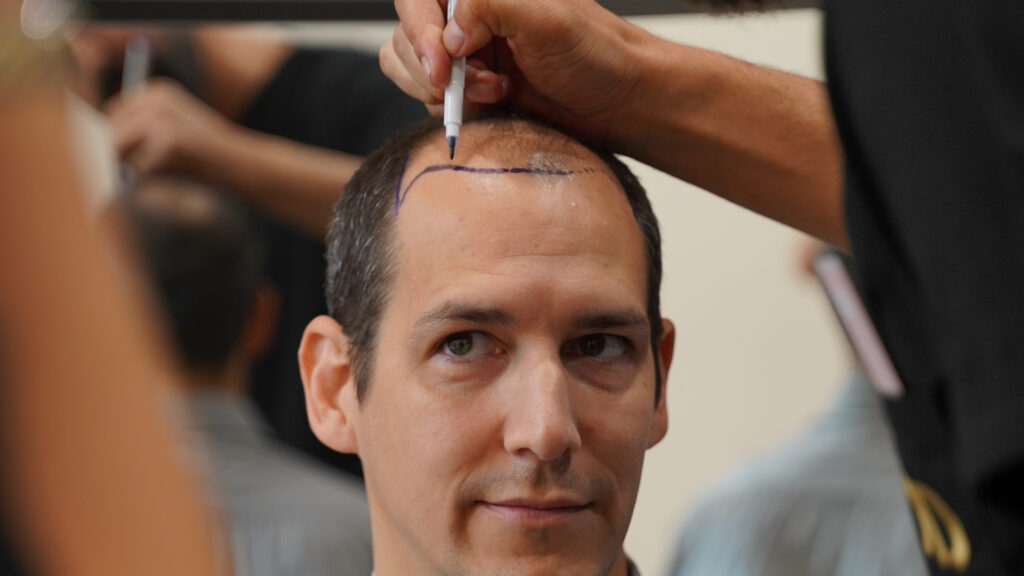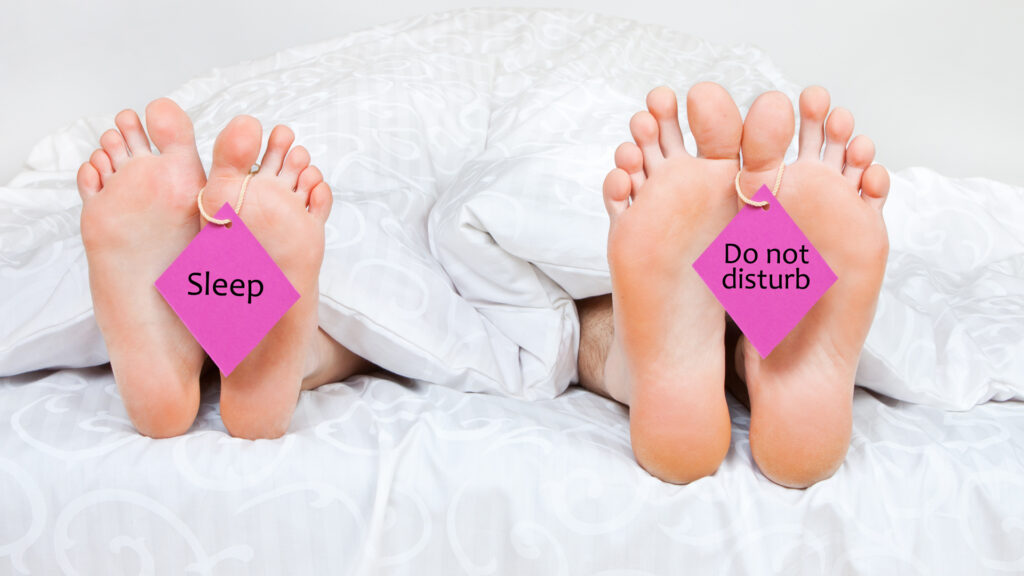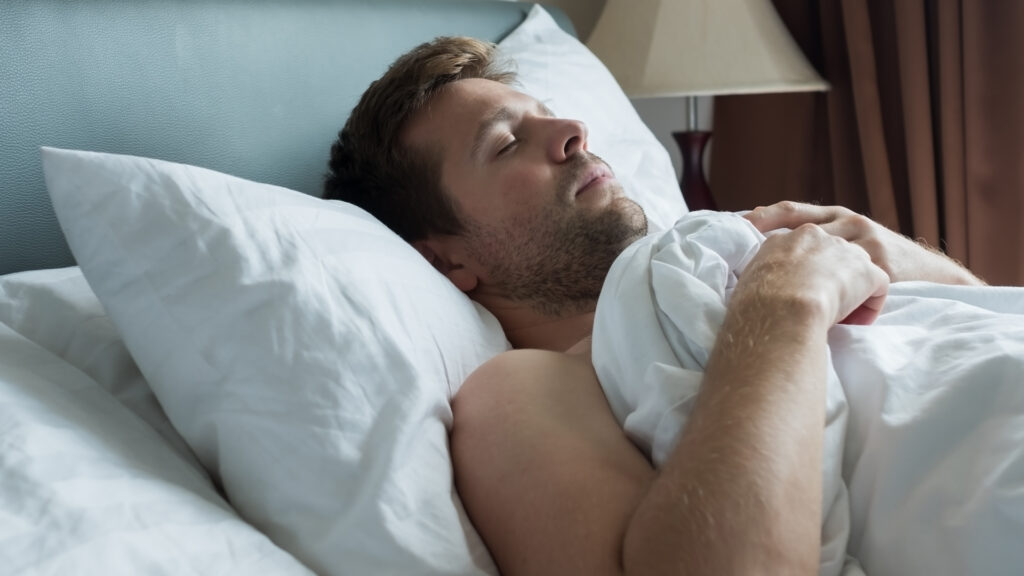A hair transplant in Turkey is a commonly performed operation to treat the effects of androgenetic alopecia in men and women. This procedure involves two areas: the donor area, where the grafts are extracted, and the recipient area, which will then receive hair follicles taken from the donor area. The management of the donor area is a major element to benefit of a safe and successful hair transplant. Find out everything you need to know about the donor area, its preservation, its evaluation, and its impact on the outcome of the procedure.
What is a hair transplant donor area?
The hair transplant donor area is the area in the occipital region at the back of the head. This term refers to the area from which the grafts are taken for the hair transplant. The grafts are small fragment of the scalp that is taken from the donor area and used for the graft. Called hair follicles, they are composed of 1 to 4 hairs.

The donor area is selected because of its high hair density. The posterior region (occipital and temples) is never touched because it is not sensitive to the hormones responsible for hair loss. However, the extent of this area varies from person to person.
People who wish to have a hair transplant procedure will have a portion of their hair removed from the donor area and implanted into the bald area. The transplanted hair is genetically programmed not to fall out. However, for a hair transplant to be successful, several precautions must be taken. The samples must be taken correctly, the follicles taken are well preserved and the transplantation is carried out with great care.

Why is it necessary to preserve the donor area?
The preservation of the donor area is an essential condition for the success of the hair transplant. Contrary to popular belief, the donor area is not inexhaustible. When a hair transplant is performed, the grafts taken from the donor area will not grow back there. Therefore, to preserve the aesthetics of this area, and to prevent the donor area from being thinned out, it is essential to take the greatest care of it.

In addition, if a second hair transplant is to be performed, it is important to have the necessary grafts available. A second hair transplant can be performed in several cases. It may be required in the case of a failed hair transplant, in the case where the area to be covered requires many grafts, or in the case of the evolution of alopecia several years after the first hair transplant.

Assessing the donor area: a prerequisite before a hair transplant
The healthier hair follicles in the donor area, the easier it will be to transplant hair. The evaluation of the donor area is essential before considering any hair transplant. A poor evaluation of the donor area is a major factor in the failure of the hair transplant. This step must be performed by an experienced surgeon who has real expertise in the field of hair transplantation. It allows to take note of all the characteristics of the donor area and to highlight potential obstacles to the success of the hair transplant. The preliminary study of the donor area will allow us to know:
- If the donor area has enough grafts: to guarantee the most aesthetic result, the donor area must have the necessary number of grafts to cover the recipient area. If not, the patient may end up with a donor area that is still too sparse, or an overused and unsightly donor area.
- If the donor area has good quality grafts: quantity is not the only factor involved in the success rate or the success of the hair transplant. Indeed, to obtain an excellent result, it is also essential to have good-quality grafts. The preliminary study will allow us to determine the thickness of the grafts as well as the number of hair follicles that the grafts have.
A preliminary study of the donor area also helps determine the right method of extraction and implantation. Moreover, it is recommended to go to a hair transplant clinic that has mastered the extraction and implantation of hair follicles in order not to damage them and compromise the success of the hair transplant.

What will my donor area look like after surgery?
After a hair transplant, the donor area will be identical. The aesthetics of the donor area is one of the characteristics of a successful hair transplant procedure. The donor area must be unchanged and provided.
By choosing to have your hair transplant done by surgeons with great expertise, the donor area will not be visually impacted, even if grafts have been taken from it.

What is the specific postoperative care for the donor area after a hair transplant?
After a hair transplant, the surgeon applies a bandage to the donor area to protect it. The bandage is usually maintained for 3 to 5 days. To avoid any risk of infection, it is recommended not to remove the dressing without the surgeon’s permission. Small scabs and redness may also appear in the donor area. Scabs after a hair transplant are normal and common. To treat them properly, it is advisable to follow the surgeon’s recommendations.
Finally, it is possible that itching and pain may appear at the back of the head after the procedure. This pain in the donor area is transitory and can be mitigated by taking painkillers, under medical prescription.

Does hair in the donor area grow back?
The donor area does not grow back. However, when the extraction of the grafts is properly performed, the removal of part of the hair is completely imperceptible. Therefore, it is very important to use an experienced surgeon and to remove the donor area in a well-thought-out manner.

Does the harvesting of the grafts leave scars on the donor area?
Thanks to innovative extraction methods, the grafts are collected individually with a special collection stylet. The grafts are removed leaving small, slightly red holes that will heal and close spontaneously a few days after the procedure. When properly performed, the hair transplant does not leave any scars on the donor area.
FUE hair transplant, like manual FUE hair transplant, DHI hair transplant, women’s hair transplant, and Regenera Activa hair transplant, does not leave any scars on the donor area, provided that the removal is properly performed.

My donor area is sparse: what are the implications?
A donor area of low density may represent a hindrance to the hair transplant. If after a preliminary study of the donor area the surgeon considers its density to be too low, the hair transplant cannot be performed. The same applies to the quality of the grafts.
If the hair transplant is performed when the capital and the quality of the grafts are not adapted to the realization of this one, the risk incurred is to empty the whole area and to alter the result on the receiving area for lack of adequate grafts. Therefore it is essential to contact a hair transplant clinic that has the necessary expertise to accompany you from the evaluation of the donor area to the post-operative care.

27011 vues
4 commentaires
0






4 Commentaire(s)
Hi ,can a overharvesting of the donor area be repaired
Paul
Hello and sorry for the late reply but unfortunately there is no remedy to repair a damaged donor area!
Best from Bodyexpert.online team
How many hair follicles can be removed from donor area
Hello and nice to meet you. It all depends on the analysis of the donor area by a specialized surgeon. Each donor area is unique in both quantity and quality. Good day to you !